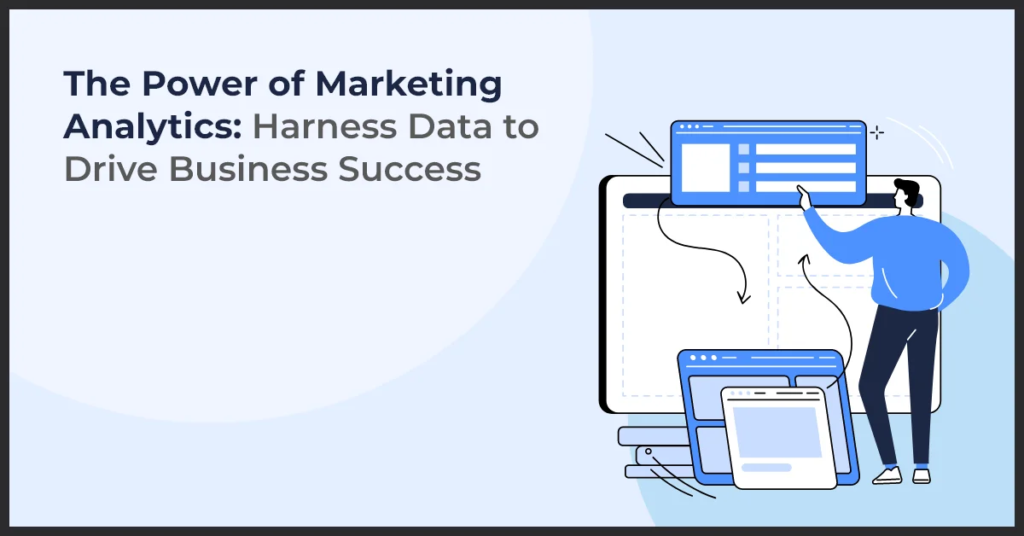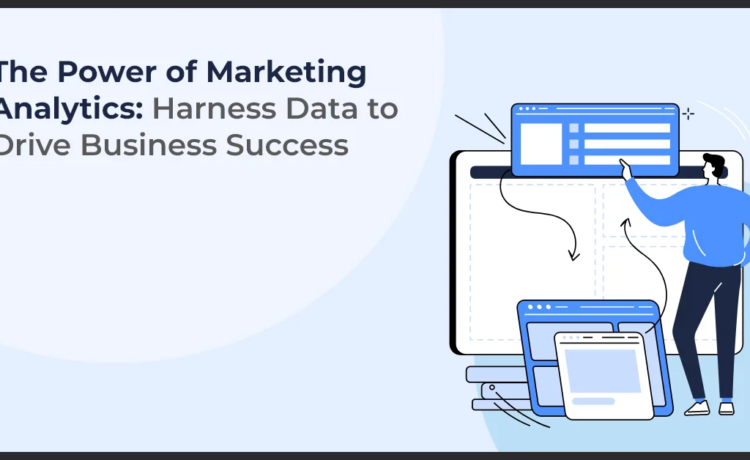The Power of Marketing Analytics: Unlocking Business Success
In today’s rapidly evolving business landscape, marketing analytics has emerged as an indispensable tool for organizations striving to gain a competitive edge. By analyzing vast amounts of data, businesses can uncover valuable insights, make informed decisions, and achieve better outcomes that drive increased profitability. This comprehensive exploration into marketing analytics reveals how it can enhance business performance and guide strategic decisions.
Understanding Marketing Analytics
Marketing analytics involves the collection, measurement, and interpretation of data related to marketing activities and campaigns. It equips organizations with the ability to evaluate the effectiveness of their strategies, understand customer behavior, and identify areas for improvement. This data-driven approach empowers businesses to optimize their marketing efforts, improve return on investment (ROI), and foster stronger customer relationships.
Key Components of Marketing Analytics
- Data Collection: Gathering data from various sources such as customer demographics, website traffic, social media interactions, and sales figures.
- Data Analysis: Examining collected data to uncover patterns, trends, and insights that inform marketing strategies.
- Metrics and KPIs: Defining and tracking key performance indicators (KPIs) to evaluate marketing campaigns and initiatives.
- Reporting and Visualization: Creating reports and visual representations of data to facilitate decision-making processes.
Techniques and Tools in Marketing Analytics
- Statistical Analysis: Applying statistical methods to identify correlations, create predictive models, and derive insights.
- Data Mining: Using advanced algorithms to discover patterns and anomalies within large datasets.
- Machine Learning: Employing algorithms that enable computers to learn from data and make predictions or decisions.
- Marketing Automation Platforms: Utilizing software to automate marketing tasks like email campaigns and customer segmentation.
- Business Intelligence Tools: Leveraging solutions for data visualization, reporting, and dashboard capabilities.
The Role of Data in Marketing Analytics
Data is the cornerstone of marketing analytics. It provides the foundation for evaluating marketing strategies and understanding customer behavior. By aggregating and analyzing data from various sources such as CRM systems, web analytics tools, and social media platforms, businesses can gain a comprehensive understanding of their target audience.
Effective Data Management: Ensuring accurate analysis involves data cleaning, integration, and governance. Reliable data management practices are crucial for obtaining meaningful insights and making informed decisions.
Enhancing Marketing Strategies with Data Insights
Marketing analytics enables businesses to fine-tune their marketing efforts by providing actionable insights. Here’s how data-driven insights can transform marketing strategies:
- Customer Segmentation: Analyzing data to identify distinct customer segments with specific characteristics, allowing for targeted marketing campaigns.
- Conversion Rate Optimization: Assessing website and landing page data to optimize the conversion funnel and increase conversion rates.
- Campaign Evaluation: Measuring the effectiveness of marketing campaigns to assess ROI, customer acquisition costs, and lifetime value.
- Social Media Analysis: Monitoring metrics and sentiment on social media to understand brand perception and inform social media strategies.
- Market Trends Analysis: Tracking market trends and competitor activities to identify opportunities and adjust marketing strategies accordingly.
Leveraging Marketing Automation with Analytics
Marketing automation and analytics work synergistically to enhance marketing effectiveness. By integrating data-driven insights into marketing automation:
- Personalization: Segmenting audiences based on behavior and preferences to deliver personalized marketing messages.
- Optimization: Analyzing campaign performance to refine automation strategies and improve engagement and conversion rates.
Real-Life Examples: E-commerce companies use analytics to automate personalized product recommendations, driving sales and customer satisfaction through targeted communications.
Predictive Analytics in Marketing
Predictive analytics utilizes models and algorithms to forecast future trends and outcomes. This capability allows businesses to:
- Identify Potential Customers: Predicting which individuals are most likely to become paying customers based on historical data.
- Forecast Campaign Outcomes: Anticipating the success of marketing campaigns and making real-time adjustments to strategies.
Successful Examples: Companies like Netflix and Amazon use predictive analytics to recommend content and products, enhancing customer experience and driving engagement.
Competitive Analysis with Marketing Analytics
Marketing analytics provides valuable insights into competitors’ strategies, helping businesses:
- Identify Gaps and Opportunities: Analyzing competitors’ campaigns to find areas for improvement and capitalize on competitive advantages.
- Learn from Successful Strategies: Gaining insights into effective tactics and adapting them to enhance one’s own marketing efforts.
Conclusion
Marketing analytics is crucial for today’s business environment. By leveraging data-driven decision-making, businesses can differentiate themselves, drive revenue growth, and achieve long-term success. Embracing marketing analytics enables organizations to analyze data, gain insights, and optimize strategies for superior performance and outstanding results. Unlock the potential of marketing analytics to transform your business and stay ahead in the competitive market.





